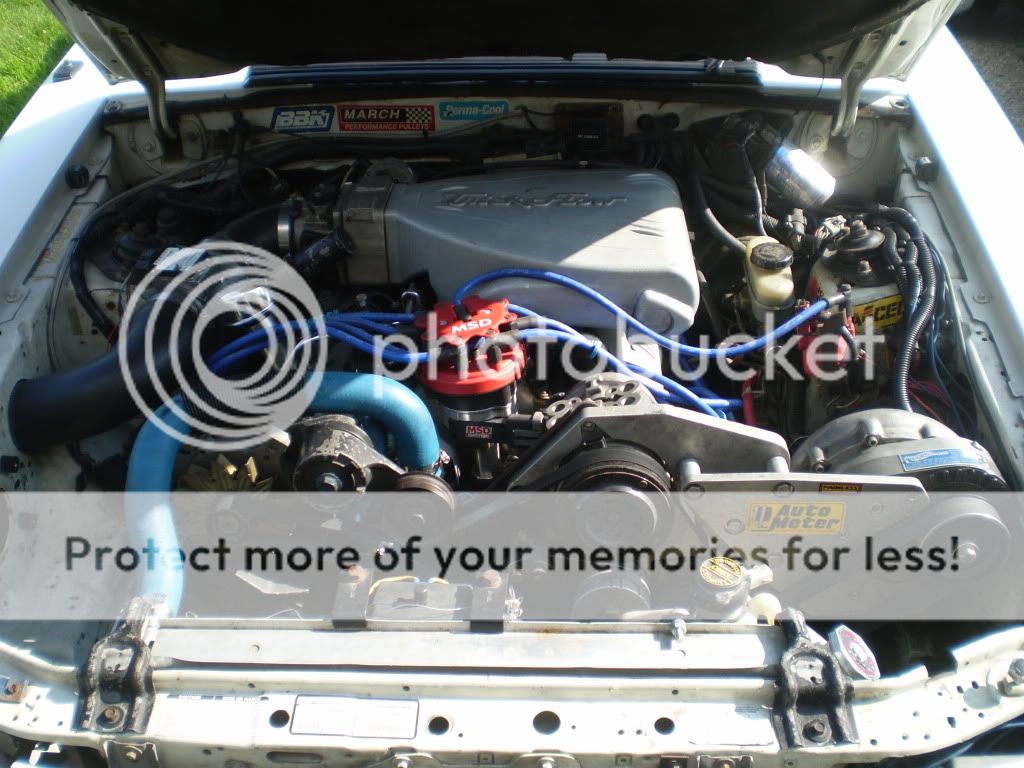Full_Tilt
forum member
- Joined
- Jan 20, 2011
- Posts
- 1,697
- Reaction score
- 1
This thread has me thinking.
When you dont move the IAT on a draw through setup, you are pretty much having to compensate for the compressor efficiency based on flow, without taking into account the pressure.
If you did move the IAT sensor, you would be able to compensate directly for the compressor efficiency with the IAT tables.
The more I think about it, the more I like the idea of Blow-through, at least from a theoretical perspective. You are accounting for Flow, Pressure, and Temperature and basically putting it all on one map. I can see how Blow through would be the way of choice with a turbo setup.
With a supercharger you have a direct relationship between RPM and pressure, so I can see how draw through would be just as effective. I can also see how with a supercharger not relocating the IAT would be fine as well, since the compressor efficiency will be based on pressure (predicted by rpm) and flow (read by MAF).
P.S.
This is what I call a tech thread.
When you dont move the IAT on a draw through setup, you are pretty much having to compensate for the compressor efficiency based on flow, without taking into account the pressure.
If you did move the IAT sensor, you would be able to compensate directly for the compressor efficiency with the IAT tables.
The more I think about it, the more I like the idea of Blow-through, at least from a theoretical perspective. You are accounting for Flow, Pressure, and Temperature and basically putting it all on one map. I can see how Blow through would be the way of choice with a turbo setup.
With a supercharger you have a direct relationship between RPM and pressure, so I can see how draw through would be just as effective. I can also see how with a supercharger not relocating the IAT would be fine as well, since the compressor efficiency will be based on pressure (predicted by rpm) and flow (read by MAF).
P.S.
This is what I call a tech thread.



